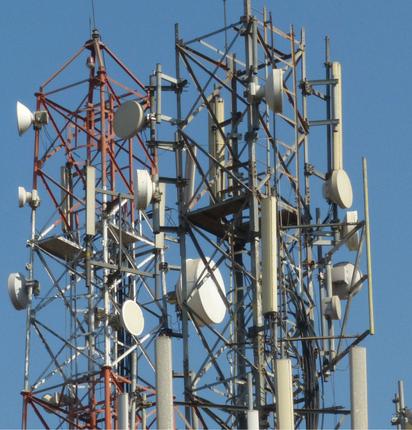 New Delhi, September 11; The Telecom Regulatory Authority of India’s attempt to deliver level-playing guidelines for telecom players through a new spectrum pricing formula need not play out the way the regulator has envisaged.
New Delhi, September 11; The Telecom Regulatory Authority of India’s attempt to deliver level-playing guidelines for telecom players through a new spectrum pricing formula need not play out the way the regulator has envisaged.
The regulator has recommended a reduction in the pan-India 2G licence to Rs. 1,469 crore/MHz from Rs. 2,379/MHz in the 1800 MHz band. The reserve price for 900 MHz spectrum for Delhi, Mumbai and Kolkata has been cut by 60 per cent to Rs. 288 crore, Rs. 262 crore and Rs. 100 crore, respectively. It has also recommended a levy of 3 per cent of adjusted gross revenue (AGR) as spectrum usage charge as compared to the prevalent 3-8% rate.
The drastic cut of nearly 60 per cent in the 2G spectrum base price has helped companies such as Vodafone, Bharti, Idea and Aircel.
Chequered history
In February 2012, the Supreme Court cancelled 122 licences of 22 operators, directing the government to conduct fresh auctions within four months and TRAI to announce fresh recommendations. By April 2012, the TRAI put out its recommendations on spectrum reserve price along with re-farming in the 900 MHz band, which sent out a sense of gloom in the industry.
In August, Cabinet Ministers cleared the 2G auction price, and, simultaneously, the Supreme Court extended the auction date from August 2012 to January 2013.
Tata and Videocon withdrew their respective applications for CDMA spectrum in November. The 2G auction collapsed within two days with the government raking in merely Rs. 9,400 crore from 5 participants, by selling only 42.3 per cent of the spectrum that was put up for auction. In January 2013 the Union Cabinet approved the 50 per cent reduction in spectrum price for CDMA, and issued guidelines for 2G spectrum auctions in March 2013.
During the auctions in March, Sistema Shyam was the only applicant in the 800 MHz band, with no applications in the 1800 and 900 MHz bands.
Some unhappy
This was followed by an 18-month gap after which fresh recommendations have come through. While GSM players are still complaining that the current price being too high, it is clearly to their advantage. In the meantime, companies such as Videocon and Uninor have been hit badly since they paid a much higher price in the previous auction. It is unlikely that the final price in the next auction will even reach the reserve price of the November 2012 auctions.
Videocon has criticised the move openly, but others like Telenor, who are currently silent, are equally badly hit.
CDMA operators are also unhappy. They believe that companies such as Sistema Shyam will be limited for bidding for more spectrum, and that might adversely impact their quality of service. They are also unhappy with the TRAI’s approval of the EGSM band since they believe this will be detrimental to CDMA players.
Even GSM operators have expressed “disappointment on TRAI’s stance on spectrum refarming”.
So, while the GSM operators may have won this round, the process of converting these recommendations into auctions is a long and arduous one. The recommendations will now go to the Telecom Commission, and later to the Union Cabinet. Much can change between now and then. So, in effect, the regulatory process may be over but the political engagement has just begun.
Given the government’s preoccupation with other political issues in an election year, it is unclear how long it would take to move these recommendations into an actual auction implementation. Till then, all eyes will be on Sanchar Bhavan.
